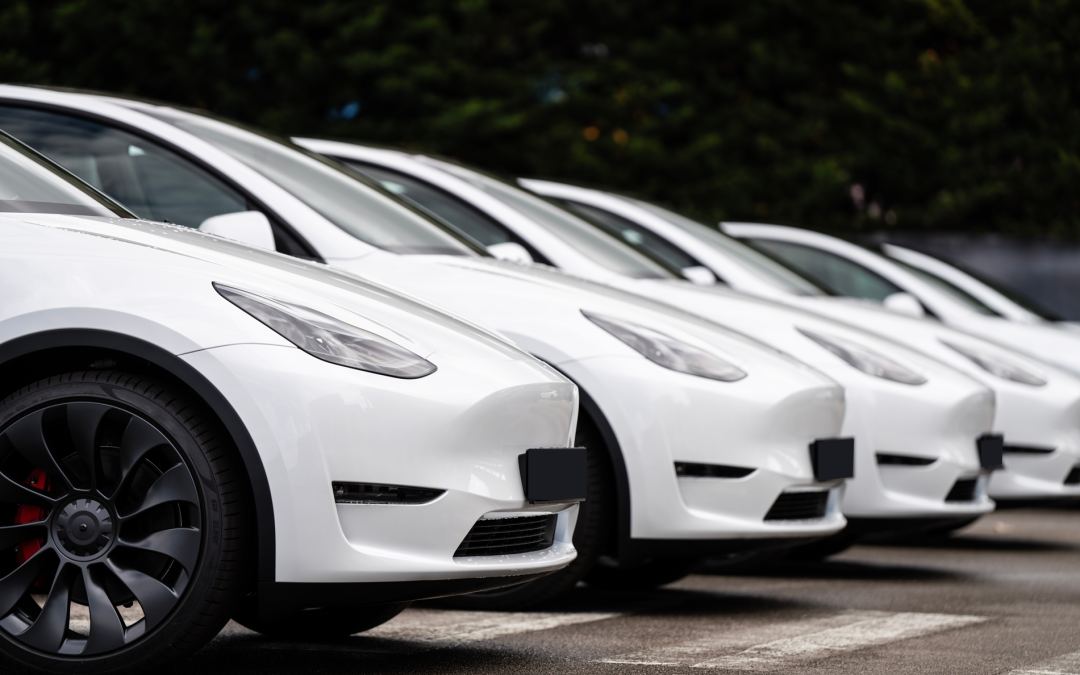Big news is revving up for UK motorists — and no, it’s not just the potholes getting deeper. From April 2025, the government is expected to raise the threshold for the “luxury car tax” that’s long-stung drivers whose vehicles tip past the £40,000 mark. While the final figure hasn’t yet been announced, the plan is to reflect today’s rising car prices — and it could bring welcome relief to drivers of electric vehicles (EVs) in particular.
Wait, What’s the “Luxury Car Tax” Again?
First things first. The so-called luxury tax is an extra charge that kicks in for cars with a list price over £40,000 — and it’s not about how fancy your car looks in the driveway. Even practical family SUVs or modest EVs can attract the charge if they’re fitted with a few extras or hit a certain trim level. It adds an annual fee — currently £390 — on top of your usual Vehicle Excise Duty (VED) for five years after the car is registered.
Originally designed to target high-end models, the reality today is that inflation and the shift to EVs have pushed many everyday cars into luxury tax territory. What was once a premium threshold is now being breached by a growing number of mid-range motors — and drivers are understandably frustrated.
Why Now?
With more families and commuters turning to electric and hybrid vehicles, it’s become increasingly obvious that the £40k cap is out of date. Even some of the most popular EVs, such as larger Teslas or top-spec family crossovers, come dangerously close to or exceed the limit — not because they’re luxury items, but because they include tech like bigger batteries or enhanced safety features
The upcoming changes are designed to make things a bit fairer. While there’s no confirmation on the new figure yet, it’s likely to rise in line with market trends — potentially to £50,000 or more. For drivers, that could mean one less financial speed bump when choosing a greener car.
What Does This Mean for You?
If you’re eyeing up a new EV or recently shelled out for a petrol or diesel model, the shift might mean
- Lower annual tax bills if your car sneaks in below the revised threshold.
- More choice and flexibility, especially when speccing out a new vehicle — you won’t have to skimp on heated seats just to dodge an extra charge.
- Better resale prospects for certain cars that previously carried the “luxury” label.
If you’re thinking about switching to electric, this could be the nudge you need. Lower running costs, expanding charging infrastructure, and now a gentler tax landscape? It’s starting to look like the EV revolution might come with a cherry on top.
What Should Drivers Do Now?
Until the new rules officially kick in, here’s how to stay ahead of the curve:
- Check the list price, not just the sale price. It’s the original showroom value that determines if a car is “luxury taxed.”
- Factor in options — even a panoramic roof or fancy sound system can tip a car into the red zone.
- Get professional advice before making a big purchase. Your local garage (like us!) can help you understand the long-term costs of owning and running a particular model.
At Segensworth Automobiles, we keep our finger on the pulse of motoring news, so you don’t have to. Whether you’re due an MOT, considering an EV, or just want to keep your current car in tip-top shape, we’re here to steer you right.
Have questions about your next vehicle or upcoming tax changes? Drop in for a chat, and let’s talk torque over tea.
